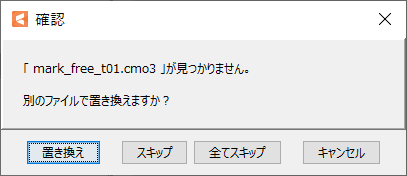


In 2009, Cubism (now Live2D) released their very first Live2D application, Live2D vector. Since then, the technology has also changed how games enhance user experience through lively characters and expressions. Live2D was first introduced in 2008 for the need of interactive media.

#Live2d animator open file software#
Well-known examples of Live2D media and software include FaceRig, Nekopara, Azur Lane, and virtual YouTubers (as popularized by Nijisanji and Hololive). Live2D has been used in a wide variety of video games, visual novels, virtual YouTuber channels, and other media. It is also difficult to do large angle turns for complex images or characters. The downside of the technology is that currently there is no official setting for 360° rotation. Live2D can be used with motion capture to track movements and perform lip syncing for real-time applications such as vtubing. The layers are rigged to a skeleton to form a whole animated character. The number of layers depends on how you wish the Live2D character present movements. Parts can be as simple as face, hair, and body, or it can be detailed to eyebrows, eyelashes, and even different parts of hair which you wish to have different movements. Parts are separately moved to show the whole animation and expression of the character, such as tilting head. Live2D characters consist of layered parts.
#Live2d animator open file series#
Live2D is also the name of the eponymous animation software series employing the technique, created by Japanese programmer Tetsuya Nakajo. It can be considered as the balance of cost and effect of an animation. This enables characters to move while maintaining the original illustration at low-cost. Live2D is the technique of generating 2D animations, usually anime-style characters, using layered, continuous parts based on an illustration, without the need of frame-by-frame animation or a 3D model.


 0 kommentar(er)
0 kommentar(er)
